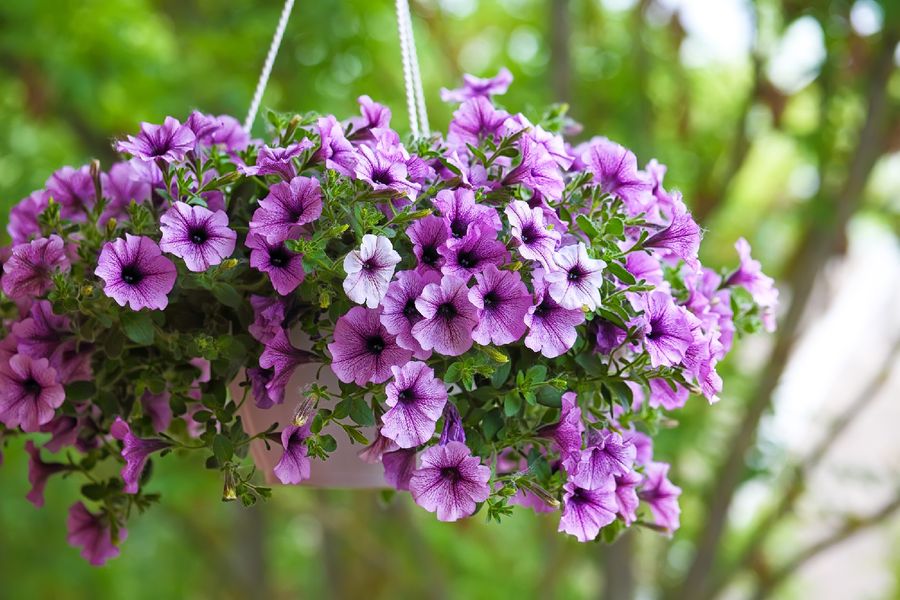Summer Gardening Tips
Keeping Your Garden Thriving in the Heat
Summer is a time of vibrant growth and blossoming beauty in the garden. However, the heat can also pose challenges for plants and gardeners alike. To ensure your garden remains lush and healthy throughout the summer months, here are some essential tips to keep in mind.
1. Water Wisely
One of the most critical aspects of summer gardening is effective watering. The intense heat can quickly dry out soil, leaving plants thirsty. Follow these guidelines for optimal watering:
- Water Early or Late: Water your plants either early in the morning or late in the evening to minimize evaporation and ensure that the moisture reaches the roots.
- Deep Watering: Instead of frequent shallow watering, opt for deep watering. This encourages roots to grow deeper and makes plants more drought-resistant.
- Mulch: Apply a layer of mulch around your plants to retain moisture, regulate soil temperature, and reduce weed growth.

2. Protect Your Plants
The summer sun can be harsh on your plants, so take steps to protect them from excessive heat and UV rays.
- Shade Cloths: Use shade cloths to provide temporary relief for plants during the hottest parts of the day.
- Proper Plant Placement: Plant heat-sensitive plants in locations where they receive morning sun and afternoon shade.
- Windbreaks: Create windbreaks using taller plants or structures to protect delicate plants from hot, drying winds.
3. Soil Care
Healthy soil is the foundation of a thriving garden. During summer, it’s essential to maintain soil quality to support plant growth.
- Soil Amendments: Add organic matter like compost or well-rotted manure to improve soil structure and water retention.
- Avoid Over-Fertilizing: Too much fertilizer can stress plants in the heat. Use slow-release fertilizers and follow recommended application rates.

4. Pest and Disease Management
Summer heat can exacerbate pest and disease problems. Stay vigilant and take proactive measures to protect your plants.
- Regular Inspections: Check your plants regularly for signs of pests or diseases. Early detection can prevent major infestations.
- Natural Predators: Encourage beneficial insects like ladybugs and lacewings to keep pest populations in check.
- Organic Treatments: Use organic pest control methods, such as neem oil or insecticidal soap, to minimize harm to beneficial insects and the environment.

5. Pruning and Deadheading
Proper pruning and deadheading can promote healthy growth and prolong blooming periods.
- Prune Wisely: Remove dead or damaged branches to improve air circulation and reduce the risk of disease.
- Deadhead Regularly: Remove spent flowers to encourage continuous blooming and prevent plants from diverting energy into seed production.

6. Choose Heat-Tolerant Plants
Selecting the right plants for your summer garden can make a significant difference in how well they withstand the heat.
- Drought-Resistant Varieties: Opt for plants known for their drought tolerance, such as succulents, lavender, and rosemary.
- Native Plants: Choose native plants that are adapted to your local climate and soil conditions.

7. Maintain Lawn Health
Your lawn also needs special care during the summer months to stay green and healthy.
- Mow High: Set your mower blades higher to leave grass blades longer, which shades the soil and reduces water evaporation.
- Aerate: Aerate your lawn to improve water and nutrient absorption.
- Water Deeply: Water your lawn deeply but less frequently to encourage deep root growth.

With these summer gardening tips, you can keep your garden thriving even in the hottest months. By watering wisely, protecting your plants, maintaining healthy soil, managing pests, and selecting the right plants, your garden will be a beautiful and resilient oasis all summer long. Happy gardening!










































